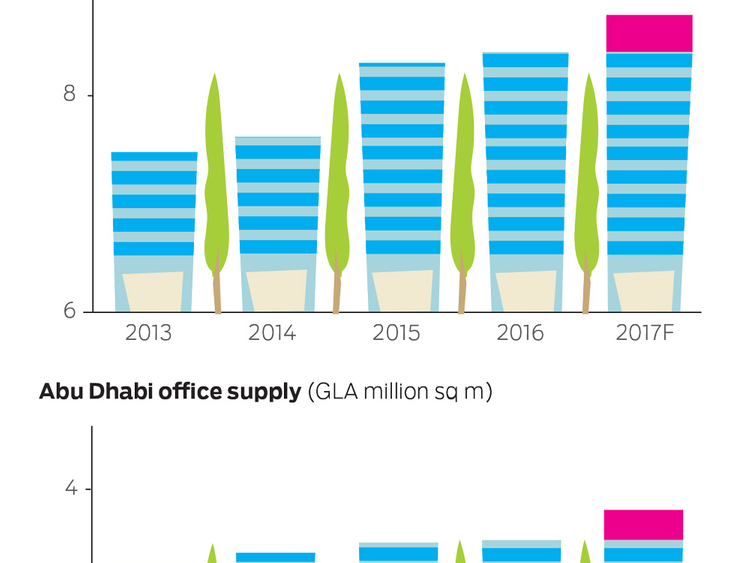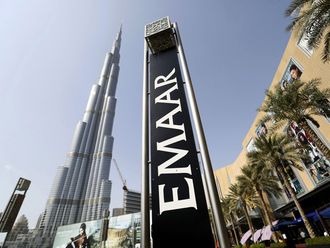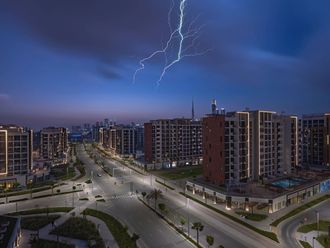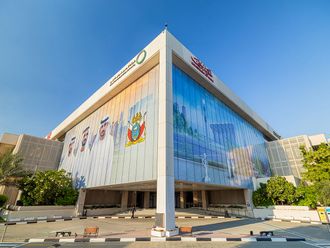Dubai: Dubai’s office property market could be the next to see a return to more demand stability — but tenants need not worry that it would lead to an immediate spike in rentals as well. Such gains will come about at a more gradual pace, according to the latest UAE real estate update from the consultancy Knight Frank.
Even that might have limited prospects as upcoming Grade A office buildings — offering sizeable leasable areas — will ensure rents at existing office towers will remain largely in check. As for Grade B properties, they could even get hit with marginal declines as their tenants look elsewhere.
“The commercial market in Dubai is expected to pick up as businesses settle to the new norm in oil prices, and blue-chip occupiers who had put real estate decisions and plans on hold in 2016 are now planning for a more active business cycle,” states the Knight Frank report.
That would be welcome news for a marketplace where new businesses entering the market scouting for office locations dipped during the second-half of 2016. And with the Dubai Government just announcing a Dh11 billion worth of new projects for Expo 2020 related work, the long anticipated take-off is imminent.
Value gains
If office space demand picks up, it would be the second property category to head into correction mode. The city’s residential market has already moved away from property values heading down. Some locations have already started to see value gains from the recent lows; there is not much evidence of panic selling by landlords; bargains too are getting less generous in secondary market sales. And more developers are again rolling out off-plan launches.
“The residential market in Dubai continued to soften in 2016, albeit at a slower rate,” the report finds. “Sale prices in the mainstream market dropped 5 per cent in 2016 versus 7 per cent in 2015, whilst prices in the prime residential market declined 4 per cent in 2016 versus 5 per cent in 2015.”
However, key property indices suggest month-on-month changes in values have been stabilising since August last. “This leads us to believe the residential market is reaching its cyclical trough,” it adds. But “The rental market saw values drop 5 per cent in 2016 following strong resilience over the past 18 months.”
Meanwhile, in Abu Dhabi’s commercial space, given the current market circumstances that have already squeezed demand, project delays in new getting through with new commercial towers will likely “prevent any further declines in rental rates”, the report adds.
“The drop in oil prices squeezed tenants in the oil and gas industry and the public sector who make up the bulk of corporate occupiers. Rental rates across the emirate declined as vacancies increased — however the impact has been less profound than expected, given the limited delivery of office space in 2016.”
For this year, Knight Frank states: “Our outlook for the UAE remains positive as oil prices are expected to regain some of the losses recorded,” the report adds. “Preparations for the Expo 2020 are likely to go ahead in full steam, with investments focused on the expansion of the metro, airport and roads network along with tourism facilities and real estate.”
Factbox: Hospitality sector remains under the cloud
* In the short-term, the pressures on the local hotel sector will remain in place, “by the continued appreciation of the dollar and prevalent economic uncertainties,” says the Knight Frank report. “However, delivery of Dubai’s theme park complex along with the Opera District and other demand generators is expected to drive demand for Dubai’s hospitality market in the next 12 months.”
* The sentiments around the retail sector will also be one of extreme caution. “Consumer confidence is low amid job insecurities, and the higher cost of living has impacted residents’ purchasing powers,” the report says. “The strengthening of the dollar is showing little respite, particularly in light of further potential interest rate hikes in 2017. This will ultimately push the UAE dirham even further, making the country an expensive retail destination.”













